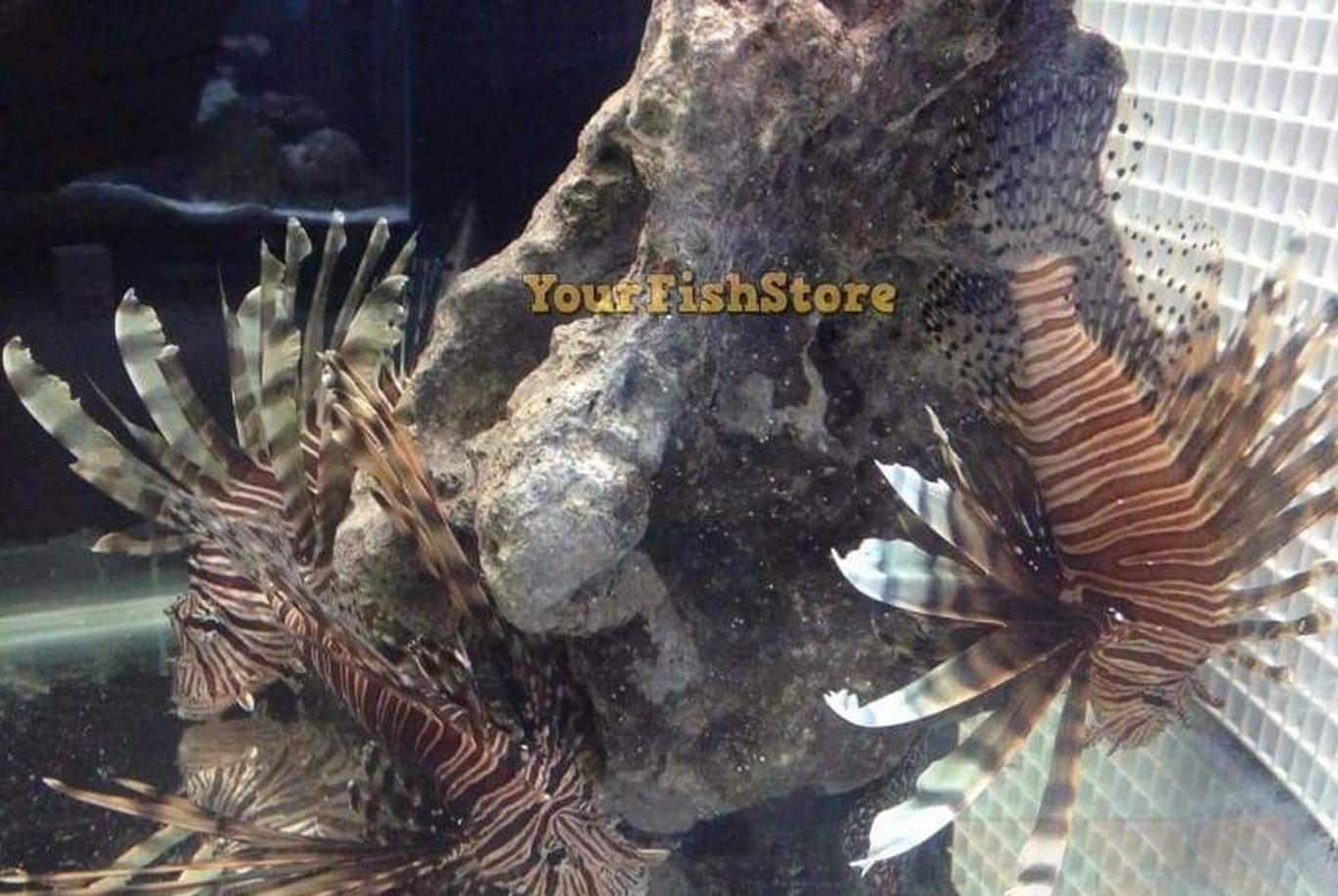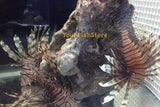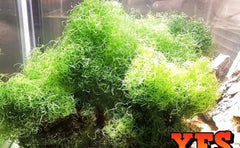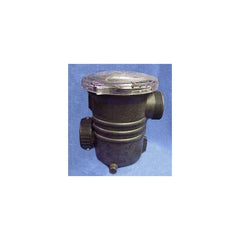Volitan Lion Fish - Medium Approx 4" - 5" - Pterois Voltans
Ebay
$ 127.53

VOLITAN LIONFISH - MEDIUM APPROX 4" - 5" - PTEROIS VOLTANS - FREE SHIPPING
Minimum Tank Size: 100 gallons
Care Level: Easy
Temperament: Semi-aggressive
Reef Compatible: With Caution
Water Conditions: 72-78° F, dKH 8-12, pH 8.1-8.4, sg 1.021-1.023
Max. Size: 1' 3"
Description
The Black Volitans Lionfish is one of the most durable and long lived and largest of the Lionfish family. The Black Volitans Lionfish is often confused with the P. russelli because of it’s similar appearance. The differences between the two can easily be distinguished by the absence of spots on the dorsal, anal and tailfins as well as the absence of the banded markings on the dorsal spine on the P. russeli. The Black Volitans comes in variations of brown, tan, and dark brown though occasionally you can find them in reddish shades of brown, rust and a very dark brown that is almost black in color. True black is rarely, if ever, available. Black Volitans Lionfish are less affected by bright lights and will spend a lot of it’s time out in the water column. However, it will still spend time in caves, overhangs, on the substrate and other shady spots. The Black Volitans Lionfish will usually tolerate being kept in the aquarium with other Black Volitans Lionfish.
Lionfish will eat smaller fishes, ornamental shrimps and crabs. This species is venomous. The pelvic, pectoral and dorsal fins of this animal can cause extreme pain. If allergic, severe reactions can occur. If stung soak injured area in hot water and seek medical attention immediately. Smaller specimens will adapt to captivity and accept captive diets more easily. Lionfish will likely remain hidden in brightly lit aquariums as it prefers dimmer lighting.
Diet
Though we do our best to work with our Lionfish prior to shipping to accept a captive diet, many may revert back to live foods only due to the stress of shipping. Sometimes our Lionfish are not in our facility long enough for us to get very far in this process as well. If your Lionfish is not eating, we recommend feeding live Feeder Shrimp mixed with frozen mysis shrimp. Slowly increase the frozen mysis shrimp and decrease on the live Feeder Shrimp. Eventually cut out the live food all together. This can take a few days or a few weeks depending on the stress level, health, age, and willingness on the individual animal.
Brine Shrimp as a live food source is acceptable providing that you ‘gut load’ the live brine shrimp with phytoplankton, Kent Marine Zoe, Zoecon or any other liquid vitamin. Once past the 24 hour period after hatching, brine shrimp lose their nutritional value as the juveniles (called Artemia) have consumed their egg yolk sac which leaves the Brine Shrimp have little to no nutritional value. ‘Gut Loading’ consists of soaking the Brine Shrimp in a solution of some type of liquid vitamin for about 10 to 15 min. prior to feeding. This ensures that the animal, though hesitant to consume a captive diet, will be getting some sort of nutritional benefit. Frozen Brine Shrimp are dead and unable to consume or soak up any liquid vitamins and are not suitable to use with this method.
QUESTIONS & ANSWERS
Have a Question?
Be the first to ask a question about this.














